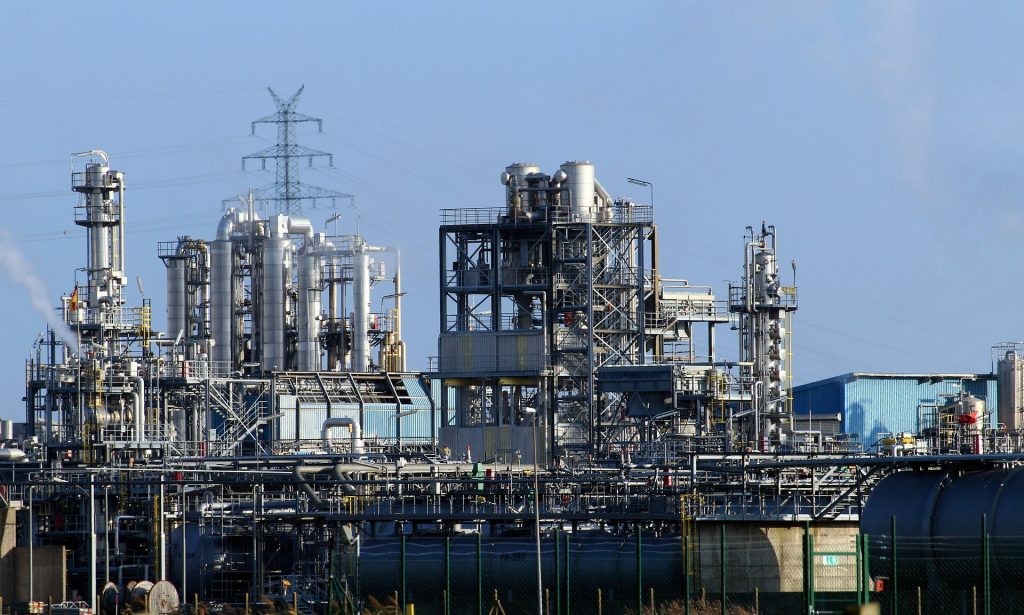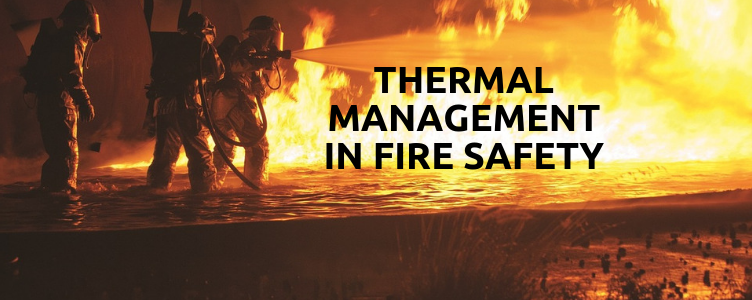
Reducing Carbon Footprint with High Temperature Industrial Insulation
Reducing the UK’s carbon footprint is a business issue as much as a government one, as various industries depend on high temperature insulation for both their energy efficiency and profitability.
The UK Government is committed to reducing greenhouse gases to zero emissions by 2050. In fact, it is the first major economy to pass a zero-emissions law. It also has the concept of clean growth at the heart of its Industrial Strategy.
However, this then puts pressure on the industry to deliver the practical measures to reduce the country’s carbon footprint. One of the central aspects of achieving this will be high temperature industrial insulation.
Why is High Temperature Industrial Insulation Important?
The part high temperature industrial insulation plays in reducing our carbon footprint is a vital one, and it is all about cause and effect.
The key is energy efficiency. The more energy-efficient industries are the fewer emissions they cause, and the less energy they consume. High temperature insulation enables and supports this energy efficiency.
The more effective the insulation, the more energy-efficient the industrial processes or products. Consequently, it makes sense for businesses to invest in advanced high temperature insulation to, ultimately, reduce their carbon emissions.
What industries are we talking about here?
An obvious sector where insulation is central is in construction. However, many other industries depend on it to optimise performance and processes, including the foundry and steel industry, automotive, aerospace, power electronics and manufacturers of consumer appliances.
Elmelin’s role is to support these industries with specialist products that are designed to improve high temperature insulation and maximise energy efficiency in various industrial processes.
These products use mica and microporous technology.
High Temperature Insulation in Everyday Use
While clearly industry is a major contributor of carbon emissions, how we live our daily lives also has a cumulative impact on the environment. This is why high temperature insulation in consumer appliances is critical in reducing our carbon footprint.
The more sophisticated and smart our consumer appliances get, the more energy efficient they will need to be. This is because their advanced electronics are both sensitive and heat-generating.
Within the manufacturing sector, mica provides high temperature insulation for a broad range of consumer appliances. These include hairdryers, toasters and microwaves.

Mica’s natural heat transfer properties and electrical resistance make it ideally suited for these types of product.
High Temperature Insulation for Electronics
As technology advances, electronic devices and systems are becoming more energy efficient, but this depends on them having effective high temperature insulation to ensure their optimum performance.
At the intuitive, user-end of the process, simplicity combines with low energy use, but to achieve this requires an enormous amount of complex development, including minimising the heat transfer of powerful electronic components to enable them to remain stable.
As a material for capacitors, resistors and other components, mica provides a superior level of insulation and long-term durability for electronics in manufacturing.
Meeting the Demands of the Automotive Industry
Where once it might have almost been taken for granted that vehicles would continue to be a major pollutant and source of emissions, now the emphasis is very much on reducing the collective carbon footprint of the automotive industry.
The demand is for more efficient, cleaner transport, with the rise of the electric vehicle (EV) at the forefront of new developments in this sector.
The challenge it continually strives to meet is for enhanced performance while reducing its environmental impact. Again, electronic components in vehicles have become increasingly sophisticated and sensitive to enable these kinds of improvements.
For these components to function effectively and safely, they require the right degree of high temperature insulation. Mica laminates and components contribute significantly to vehicle efficiency and safety.
The latest generation of low and zero emission vehicles requires carefully managed battery temperatures. This temperature regulation, through insulation, is what enables them to reduce their environmental impact while maximising their output.
In this context, high temperature insulation is not about directly reducing the carbon footprint of electric vehicles, but ensuring that as alternatives they are operationally effective, and therefore an increasingly attractive alternative to consumers.

High Temperature Insulation for Foundry Processes
In the foundry and steel industry, there is an inherent amount of heat and energy in the processes used to melt different metals. High temperature industrial insulation extends the life of furnace linings, making them more energy efficient.
This is down to mica’s superior slip plane characteristics, which also help increase furnace capacity, supporting best practices when it comes to reducing the environmental impact of this industry.
Longer Lifecycles
Extending the lifecycle of products and improving the efficiency of industrial processes will help reduce the carbon footprint of industry as a whole, and of end users of manufactured products.
Elmelin’s high temperature insulation solutions apply to a broad spectrum of industries, and include practical R&D support for new or refined and adapted products and processes.
Can we help you reduce your carbon footprint using high temperature industrial insulation? Call us on +44 20 8520 2248, or email sales@elmelin.com. You can also complete our enquiry form and we’ll get back to you as soon as possible.















